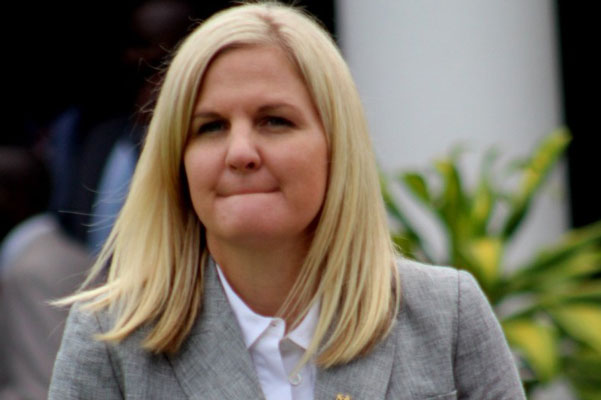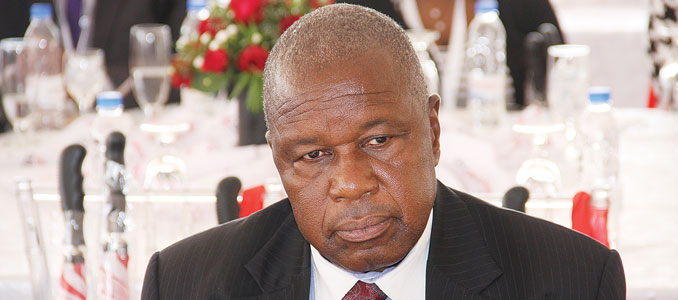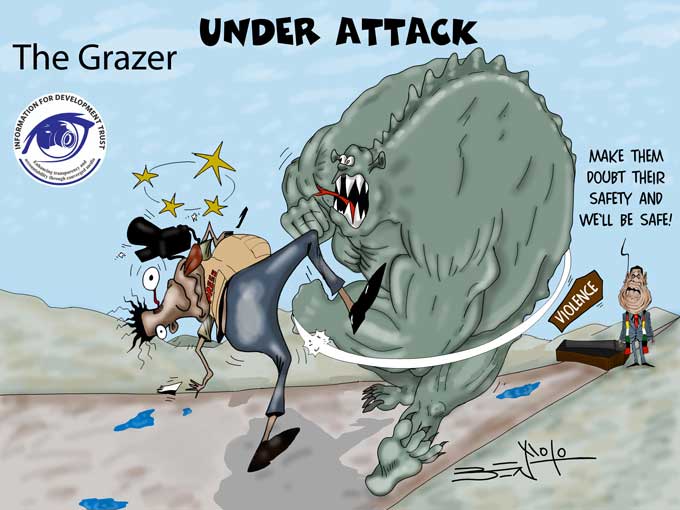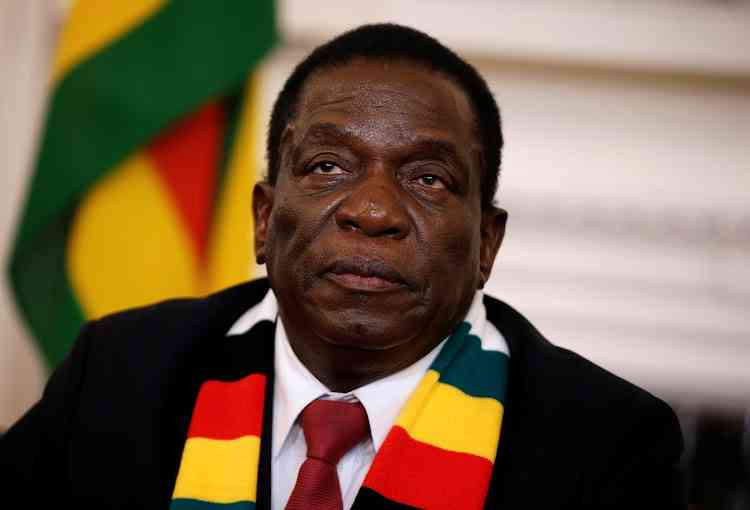
opinion:by Taziwa Machiwana
On December 31, 2019 and again on January 17, 2020, the government, through the Government Gazette, published the constitution of Zimbabwe Amendment Number 2 Bill. Should it be passed by Parliament, the Bill will introduce several changes to the Constitution of Zimbabwe with some of them ranging from being minor to being very important. One of the proposed amendments seeks to reserve 10 proportional seats in the national assembly for youth and to extend the women’s proportional representation quota seats for a further five years. This paper will explore these two aspects of Amendment Number 2 and their broader implications on youth participation in governance processes in Zimbabwe.
From the outset, it must be appreciated that constitutional awareness among young people is very low. Accoding to the Youth Situational Analysis (YSA) research study done by the Youth Empowerment and Transformation Trust (YETT) in 2019, less than one in five (17,5%) of young people knew about the 2013 constitution.
Furthermore, the majority of those who knew about this very important document derived this information from personal reading of the constitution, followed by information from friends, radio, newspapers and television. Such limited constitutional awareness among the youth is very worrying given the fact that the constitution is the supreme law of the land from which all the other laws, which govern different aspects of the day-to-day realities of all Zimbabweans (including young people), are derived. Some of these aspects include establishing a framework of laws which govern how public office holders are elected and/or appointed into office. The very same public office holders are responsible for overseeing the implementation of policies which address key youth empowerment priority areas such as youth work and employment; citizenship and rights; health; food security and resilience; information and communication; migration and education. In this regard, low levels of constitutional awareness among the youth can only be self-defeating.
Clause 11 of the amendment seeks to extend the provision for the party-list proportional representation women members of the National Assembly by another two extra parliaments and makes provisions for the party list representation of youths in the National Assembly. In simpler terms, the amendments are proposing to create 10 seats for youth (people aged from 21-35 years of age) in Parliament. They further imply that the women’s quota which was supposed to end in 2023 will now be extended to lapse in 2033. Critical to note is the fact that these two provisions present a single-entry point for women and youth, into parliament.
This would be through political party nomination and recommendations for election under the party list system. A critical question to be asked is to what extent can the political party system in our country be trusted to deliver meaningful change in youth and women’s political participation dynamics in Zimbabwe? In 1980 the cabinet appointed by Prime Minister Robert Mugabe had the youngest MP who was Joice Mujuru aged 22 years old then while the majority were in their 30s and 40s and only one person just above 60. Fast-forward to June 2018, out of 210 MPs, only five were aged 35 and below. The current cabinet does not even have a single minister aged 35 and below. The only exception being Kirsty Coventry, the Youth, Sports, Arts and Recreation minister, who was 35 at the time of her appointment.
In my opinion, a quota system in itself is not a bad thing. It signifies the realisation that for a long time, women and youth have faced structural barriers which have prevented their meaningful participation in politics and governance processes of the country. It is the manner in which the quota system is structured which needs to be interrogated. Key issues to be considered include whether women are electing other women through the women’s quota or it is men who are electing women; and will extending the women’s quota by another two terms and increasing the number of youths in Parliament by 10 have any meaningful impact on youth participation on governance and politics without addressing the real issues behind limited presence of women and youth in politics?
Beyond focusing on increasing youth and women’s representation in Parliament, other options include putting in place a women and youth quota at local government level, municipalities and rural district councils. These measures would ensure that more than 10 youth are occupying political office in spaces where decisions made directly affect the day-to-day realities of the ordinary youth at local community level.
- Chamisa under fire over US$120K donation
- Mavhunga puts DeMbare into Chibuku quarterfinals
- Pension funds bet on Cabora Bassa oilfields
- Councils defy govt fire tender directive
Keep Reading
Our constitution is a product of widespread public consultation which culminated in the 2013 constitutional referendum. Already in a period of seven years, we have made one amendment to the Constitution through Constitution Amendment Number 1 which changed the procedure for the appointment of the chief justice. If it sails through, Amendment Number 2 Bill will be the second amendment, all within a short seven-year period. While constitutional amendments are procedurally legal and can be rightfully used to correct defects in the original document, one can ask whether there are other avenues for promoting youth and women’s political participation without amending the constitution. This could be achieved through amending key pieces of legislation such as the Electoral Act, to provide for legal candidate quotas. Under this option, it would be mandatory for political parties to incorporate a minimum number of young people on their party candidates list.
In conclusion, it must be noted that legislative participation does not necessarily and consequently lead to effective parliamentary representation. The capacity of the 10 youths nominated into parliament through this quota system will also be a critical contributor to how well they will articulate and represent the entire youth constituency should this proposed amendment sail through. Starting with raising youth constitutional literacy, sober reflections on the advantages and disadvantages of the youth and women’s quotas as proposed in Amendment (2) Bill are required before any positions on this very important matter are adopted.
l Taziwa Machiwana is a youth development practitioner with interest in youth civic engagement.










